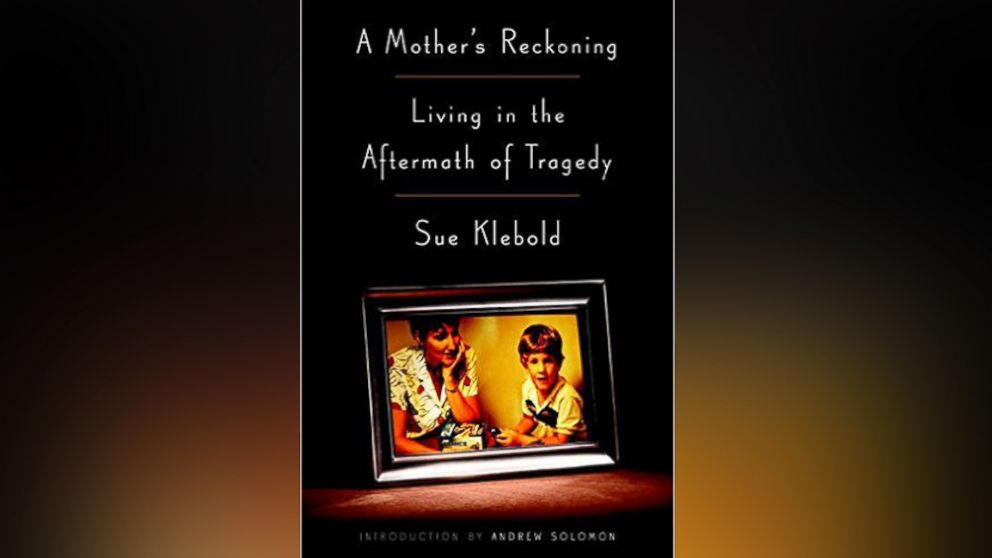Book Excerpt: Sue Klebold's Memoir, 'A Mother's Reckoning: Living in the Aftermath of Tragedy'
Mother of Columbine killer Dylan Klebold wrote a memoir about her journey.

— -- Excerpted from 'A Mother's Reckoning: Living in the Aftermath of Tragedy' by Sue Klebold, published by Crown.
CHAPTER 1
“There’s Been a Shooting at Columbine High School”
APRIL 20, 1999, 12:05 P.M.
I was in my office in downtown Denver, getting ready to leave for a meeting about college scholarships for students with disabilities, when I noticed the red message light on my desk phone flashing.
I checked, on the off chance my meeting had been canceled, but the message was from my husband, Tom, his voice tight, ragged, urgent.
“Susan—this is an emergency! Call me back immediately!”
He didn’t say anything more. He didn’t have to: I knew just from the sound of his voice that something had happened to one of our boys.
It felt as if it took hours for my shaking fingers to dial our home phone number. Panic crashed over me like a wave; my heart pounded in my ears. Our youngest son, Dylan, was at school; his older brother, Byron, was at work. Had there been an accident?
Tom picked up and immediately yelled: “Listen to the television!” But I couldn’t make out any distinct words. It terrified me that whatever had happened was big enough to be on TV. My fear, seconds earlier, of a car wreck suddenly seemed tame. Were we at war? Was the country under attack?
“What’s happening?” I screamed into the receiver. There was only static and indecipherable television noise on the other end. Tom came back on the line, finally, but my ordinarily steadfast husband sounded like a madman. The scrambled words pouring out of him in staccato bursts made no sense: “gunman .?.?. shooter .?.?. school.”
I struggled to understand what Tom was telling me: Nate, Dylan’s best friend, had called Tom’s home office minutes before to ask, “Is Dylan home?” A call like that in the middle of the school day would have been alarming enough, but the reason for Nate’s call was every parent’s worst nightmare come to life: gunmen were shooting at people at Columbine High School, where Dylan was a senior.
There was more: Nate had said the shooters had been wearing black trench coats, like the one we’d bought for Dylan.
“I don’t want to alarm you,” he’d said to Tom. “But I know all the kids who wear black coats, and the only ones I can’t find are Dylan and Eric. They weren’t in bowling this morning, either.”
Tom’s voice was hoarse with fear as he told me he’d hung up with Nate and ripped the house apart looking for Dylan’s trench coat, irrationally convinced that if he could find it, Dylan was fine. But the coat was gone, and Tom was frantic.
“I’m coming home,” I said, panic numbing my spine. We hung up without saying good-bye.
Helplessly fighting for composure, I asked a coworker to cancel my meeting. Leaving the office, I found my hands shaking so uncontrollably that I had to steady my right hand with my left in order to press the button for my floor in the elevator. My fellow passengers were cheerfully chatting with one another on the way out to lunch. I explained my strange behavior by saying, “There’s been a shooting at Columbine High School. I have to go home and make sure my son’s okay.” A colleague offered to drive me home. Unable to speak further, I shook my head.
As I got into the car, my mind raced. It didn’t occur to me to turn on the radio; I was barely keeping the car safely on the road as it was. My one constant thought, as I drove the twenty-six miles to our home: Dylan is in danger.




